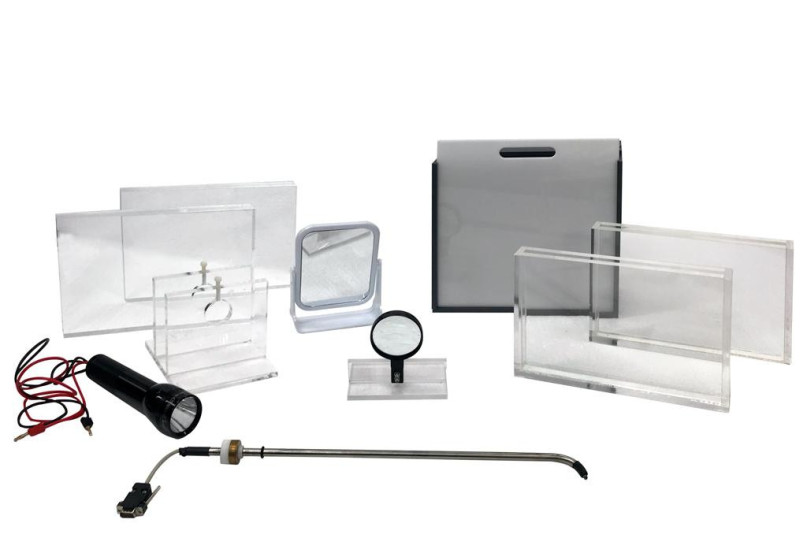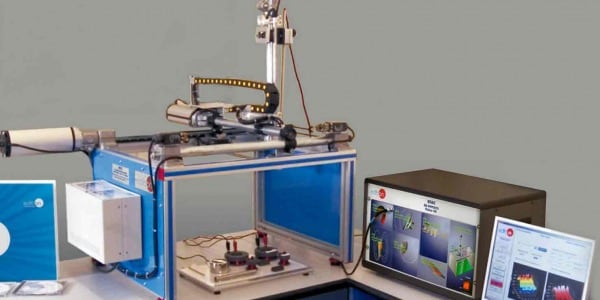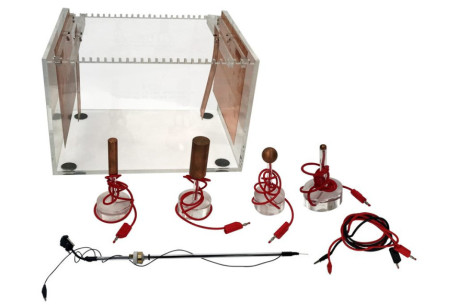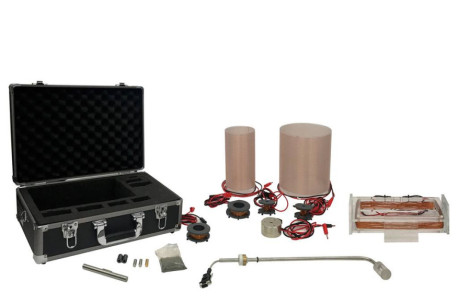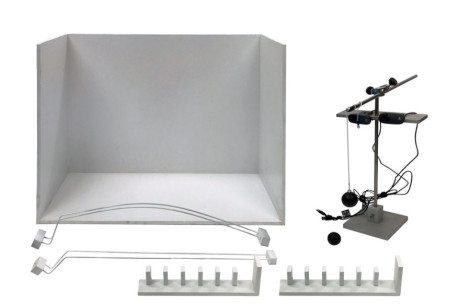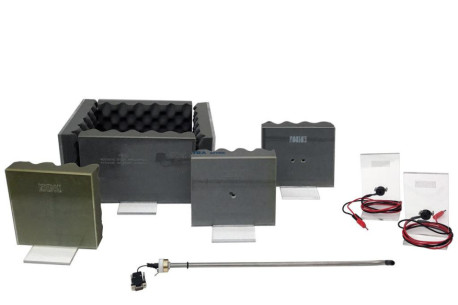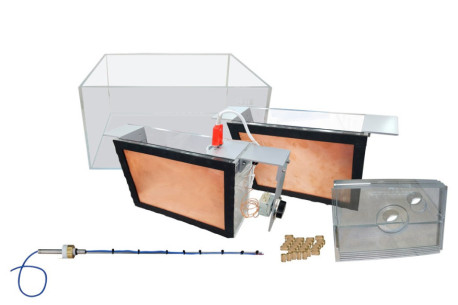FOP Set für das Studium der Optik
INNOVATIVE SYSTEME
The Optics Study Set, "FOP", designed by EDIBON, has as its objective the study and understanding of simpler optical phenomena on which other much more complex phenomena are based. In this case, focusing on reflection, refraction, transmission, absorption and measurement of light intensity (irradiance).
Erweiterungen
Laboratorien
ÄHNLICHE NEUIGKEITEN
ALLGEMEINE BESCHREIBUNG
The Optics Study Set, "FOP", designed by EDIBON, has as its objective the study and understanding of simpler optical phenomena on which other much more complex phenomena are based. In this case, focusing on reflection, refraction, transmission, absorption and measurement of light intensity (irradiance).
Rainbows, mirages, the color of what we see, laser light, X-rays, etc. are all typical situations with which we live and whose explanation is based on optical theories. Sometimes they seem complicated, but they are all based on the combination of simple phenomena.
Nowadays, communications are carried out thanks to light. We convert electrical signals into light signals, which are associated with a lower loss in their path. In addition to greater storage, photosensitive elements have less frequent deterioration.
Phenomena such as total reflection have gone from being mere proven theoretical facts to being the driving force behind today's well-known "optical communications". Magnetic read heads have now given way to laser reading, and information storage has replaced the use of ferromagnetic devices over photosensitive elements.
ÜBUNGEN UND GEFÜHRTE PRAKTIKEN
GEFÜHRTE PRAKTISCHE ÜBUNGEN IM HANDBUCH ENTHALTEN
Level 1:
- Determination of beam divergence.
- Focusing point of the torch beam.
- Analysis of intensity loss with distance.
- Phenomenon of reflection.
- Transmission.
- Variation of the luminosity with methacrylate without inclination.
- Variation of the luminosity on having fallen with an angle on the methacrylate.
- Refraction.
- Influence of the medium in the refraction.
- Calculation of the focal length of a lens (magnifying glass).
Level 2:
- All those of level 1.
- Luminosity analysis.
IMPORTANT: The teacher can use his own elements, so these practical possibilities are NEARLY UNLIMITED.
MEHR PRAKTISCHE ÜBUNGEN FÜR DAS GERÄT
- Many students view results simultaneously. To view all results in real time in the classroom by means of a projector or an electronic whiteboard.
- Open Control, Multicontrol and Real Time Control. This unit allows intrinsically and/or extrinsically to change the span, gains, proportional, integral, derivative parameters, etc, in real time.
- The Computer Control System with SCADA allows a real industrial simulation.
- This unit is totally safe as uses mechanical, electrical/electronic, and software safety devices.
- This unit can be used for doing applied research.
- This unit can be used for giving training courses to Industries even to other Technical Education Institutions.
- Control of the FOP unit process through the control interface box without the computer.
- Visualization of all the sensors values used in the FOP unit process.
- Several other exercises can be done and designed by the user.
ERGÄNZENDE AUSRÜSTUNG
Set für die Untersuchung Elektrischer Felder
Set für das Erforschung von Magnetfeldern
Set für das Studium der Mechanik
Set für das Studium der Akustik
Set für das Studium der Thermodynamik
QUALITÄT
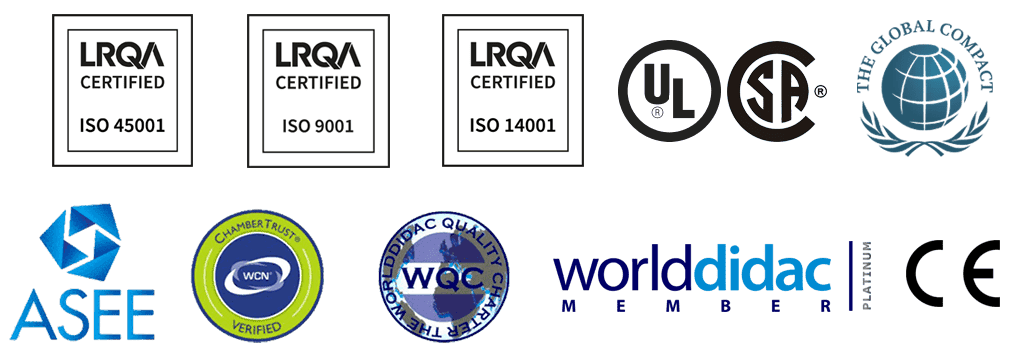
KUNDENDIENST

 Cookie-Präferenzen
Cookie-Präferenzen

